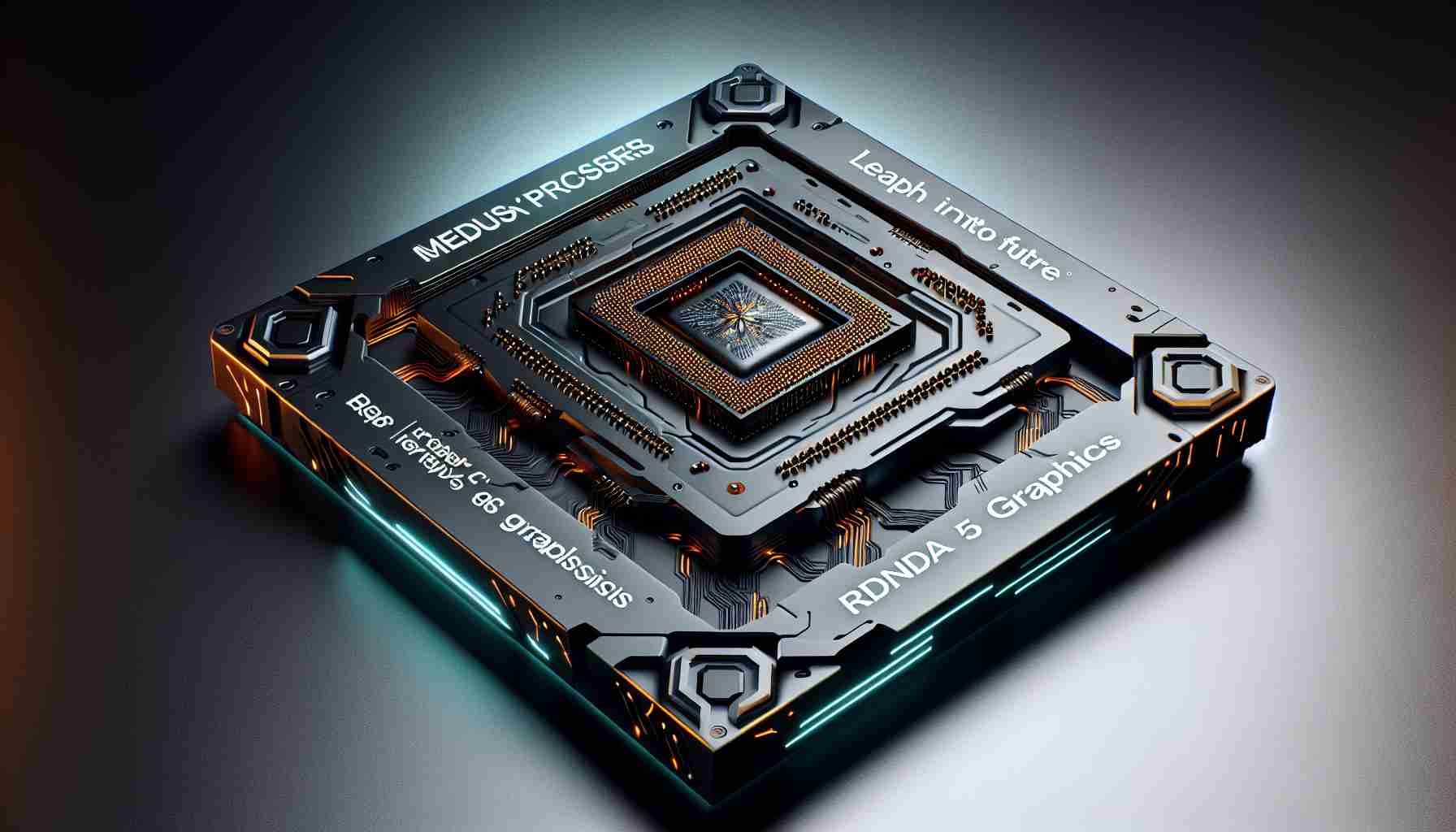AMD is known for its innovative processor architectures, and the latest rumors about their Zen 6 lineup have certainly created a buzz. Expected to be released sometime in late 2025 or early 2026, the AMD Medusa processors are rumored to be equipped with the next-generation RDNA 5 graphics.
According to @Olrak29_, a reliable informant, the inclusion of RDNA 5 graphics on these processors implies that AMD might skip RDNA 4 altogether. This bold move suggests that AMD has its sights set on pushing the boundaries of graphics technology.
The Medusa processors, codenamed Morpheus, will be based on the Zen 6 architecture and are expected to be manufactured using a 2 nm process. Additionally, they are likely to utilize a new 2.5D interconnect technology, which promises to deliver exceptional bandwidth and eliminate common latency issues. Combine this with the power of RDNA 5, and AMD could potentially raise the bar for graphics performance in the consumer market.
While the Medusa processors are still shrouded in mystery, it seems that AMD is not focusing on breaking performance records with the RDNA 4 architecture. Instead, they may reserve it for low to mid-budget graphics solutions. Speculations about the absence of GDDR7 memory support also suggest that RDNA 4 might not bring significant improvements over RDNA 3.
In the meantime, AMD enthusiasts can eagerly anticipate the release of Zen 5 and Zen 5c chips, which are expected to launch this year. These processors will pave the way for Medusa by showcasing AMD’s advancements in performance and efficiency.
As technology evolves at a rapid pace, AMD’s decision to embrace RDNA 5 graphics for their Medusa processors demonstrates the company’s commitment to pushing boundaries and delivering cutting-edge products to consumers. While the wait for Zen 6 may be long, the excitement surrounding the possibilities it holds is undeniably enticing.
FAQ
1. What is the expected release date for the AMD Medusa processors?
The AMD Medusa processors are rumored to be released sometime in late 2025 or early 2026.
2. What graphics technology will be included in the Medusa processors?
The Medusa processors are expected to be equipped with the next-generation RDNA 5 graphics.
3. Will AMD skip the RDNA 4 architecture?
According to rumors, AMD may skip the RDNA 4 architecture and focus on pushing the boundaries of graphics technology with RDNA 5.
4. What architectural design will the Medusa processors be based on?
The Medusa processors, codenamed Morpheus, will be based on the Zen 6 architecture.
5. What manufacturing process will be used for the Medusa processors?
The Medusa processors are expected to be manufactured using a 2 nm process.
6. What is 2.5D interconnect technology?
2.5D interconnect technology is a new technology that promises exceptional bandwidth and eliminates common latency issues.
7. Will RDNA 4 bring significant improvements over RDNA 3?
Speculations suggest that RDNA 4 might not bring significant improvements over RDNA 3 and may be reserved for low to mid-budget graphics solutions.
8. What upcoming processors will pave the way for Medusa?
Zen 5 and Zen 5c chips are expected to launch this year and will showcase AMD’s advancements in performance and efficiency, paving the way for Medusa.
Definitions
RDNA – RDNA is the acronym for Radeon DNA, which refers to AMD’s graphic architecture for their Radeon graphics cards. It is designed to deliver high-performance gaming experiences.
2 nm process – The term “2 nm process” refers to the size of the transistors on a semiconductor chip. A smaller process node size generally allows for more transistors to be packed onto a chip, leading to improved performance and power efficiency.
2.5D interconnect technology – 2.5D interconnect technology is a packaging technology that allows for the integration of multiple chips or dies in a single package. It offers improved bandwidth and reduced latency compared to traditional packaging methods.
Related Links
– AMD Official Website
The source of the article is from the blog exofeed.nl
